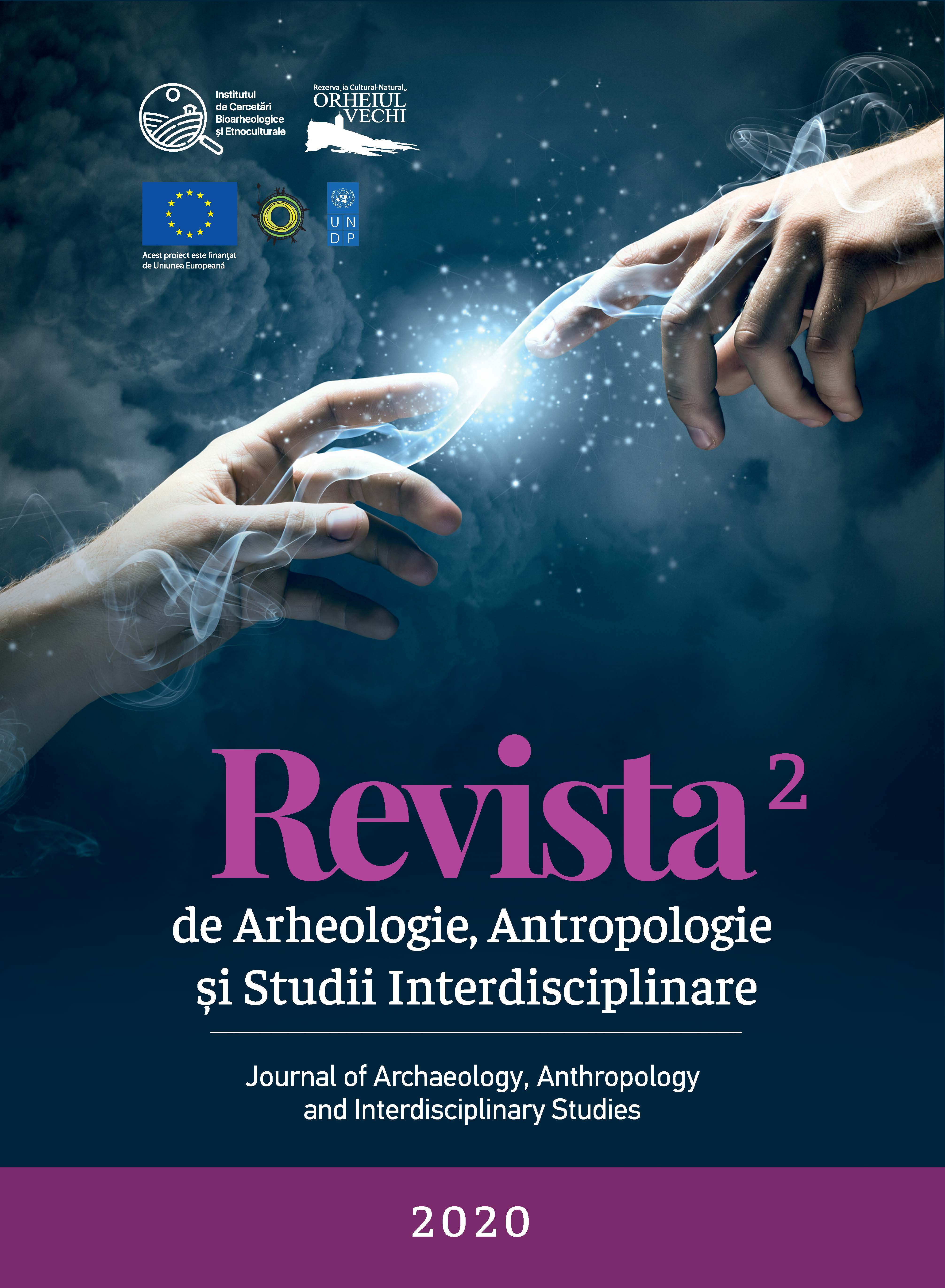Miniature with anthropomorphic features. Observations on a vessel discovered at Cervicești Deal-La Morișcă (Mihai Eminescu commune, Botoșani County)
Miniature with anthropomorphic features. Observations on a vessel discovered at Cervicești Deal-La Morișcă (Mihai Eminescu commune, Botoșani County)
Author(s): Adela KovácsSubject(s): Archaeology
Published by: Bons Offices – Casa Editorial-Poligrafică
Keywords: Cucuteni Culture; Botoșani County; antropomorphic vessel;
Summary/Abstract: The present paper aims to introduce into the scientific circuit a miniature vessel with anthropomorphic features, discovered in 1962. Unfortunately, the site documentation could not be recovered. The site of discovery is Cervicești Deal-La Morișcă, Mihai Eminescu commune, Botoșani County (RAN code 38116.03). The settlement was estimated at about two hectares, from the surface of which various materials were collected: animal bones, adobe fragments from the platforms, various objects of flint and ceramic fragments from the Cucuteni A3 and B2 phases. Only the left half was found from the miniature vessel, the right half being fragmented in previous times. Its shape is tronconic, with a flat bottom. The rim is rounded, in direct extension of the body. The vessel was modelled by hand, with thin walls. The anthropomorphic characteristic is determined by the modelling, being made in the form of a shallow groove, shaped like a “V”, forming a visible step. Traces of red paint are visible on the entire surface of the vessel, but it has been better preserved in the deeper area of the groove. The vessel was modelled from fine paste, which probably comprises very fine clay, with floury surfaces, mixed with very fine sand, in a small proportion. It was smoothed very well, burnt oxidizing, reddish. It is possible that it was painted entirely red on the outer surface, with traces of red paint still visible. Dimensions: H: 48 mm; Rim diameter: 67 mm; Base diameter: 29 mm. The item belongs to phase A3 of Cucuteni Culture. According to the markings on this item, it was discovered in Pit 1, at the depth of 0.40-0.60 m. The closest analogies are, of course, found in the Cucuteni Culture, in sites dated to the same phase of habitation. The object is preserved in Botoșani County Museum deposits.
Journal: Revista de Arheologie, Antropologie și Studii Interdisciplinare
- Issue Year: 2/2020
- Issue No: 1
- Page Range: 31-40
- Page Count: 10
- Language: English

